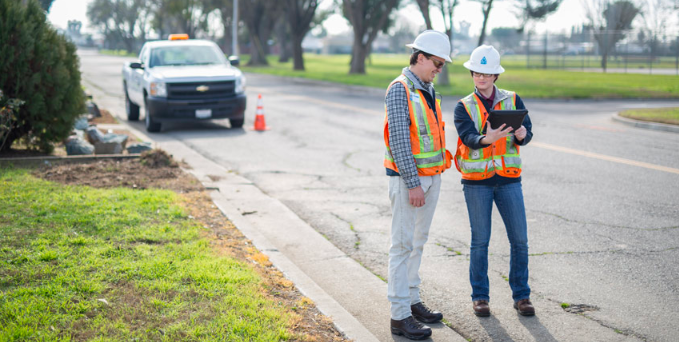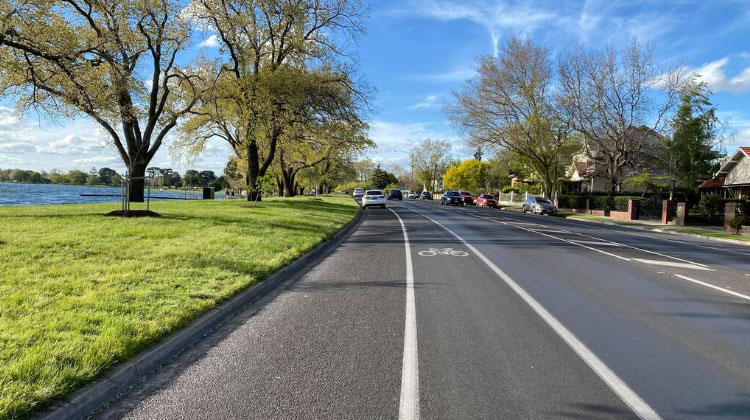
In today’s urban landscapes, promoting sustainable modes of transportation is significant. Clause 52.34 of the Victorian Planning Scheme plays a crucial role in promoting cycling as a viable means of travel while ensuring the provision of adequate bicycle parking spaces for various developments. This article provides a detailed breakdown of Clause 52.34 of the Victorian Planning Scheme, exploring its purpose, requirements, and implications for urban development.
What is Clause 52.34?
Clause 52.34 aims to encourage cycling as a mode of transport by mandating the provision of secure, accessible, and convenient bicycle parking spaces, along with associated shower and change facilities. Enacted on 31st July 2018 under VC148, it outlines the requirements and guidelines for implementing bicycle facilities in various types of developments.
When does Clause 52.34 apply?
Clause 52.34 applies to urban planning and development processes. Specifically, it applies when;
- Commencing A New Use: Before initiating a new development or land use activity, Clause 52.34 mandates that the required bicycle facilities, including parking spaces and associated amenities like showers and change rooms, must be provided as per the specified standards.
- Increasing Floor Area: If there’s an expansion or increase in the floor area of an existing use, Clause 52.34 requires that the provision of bicycle facilities applies to the increased floor area of the use.
This clause serves as a regulatory framework that guides developers, planners, and local authorities in incorporating bicycle-friendly infrastructure into urban developments. It ensures that new construction projects or expansions consider the needs of cyclists and promote cycling as a sustainable mode of transportation.
Key Components of Clause 52.34
- Provision of Bicycle Facilities (52.34-1): Before commencing a new use or increasing the floor area of an existing one, required bicycle facilities must be provided, as per the specifications outlined.
- Permit Requirement (52.34-2): A permit may be granted to vary, reduce, or waive any requirement of the clause.
- Decision Guidelines (52.34-4): Responsible authorities must consider various factors, including the proposed number, location, and design of bicycle facilities, in addition to relevant standards and strategies.
- Required Bicycle Facilities (52.34-5): Tables delineate the number and type of bicycle facilities needed for different types of developments, considering factors like floor area and occupancy.
- Design of Bicycle Spaces (52.34-6): Specifications for designing bicycle spaces, including dimensions, location, safety, and lighting requirements, are provided to ensure optimal functionality and accessibility.
- Bicycle Signage (52.34-7): If bicycle facilities are required, appropriate signage directing cyclists to these facilities must be provided.
Enhancing Bicycle Parking Facilities
- Design Standards: Bicycle parking facilities must comply with specific design standards outlined in Clause 52.34-6. Whether it’s bicycle racks, compounds, or lockers, these facilities should provide sufficient space for bicycle storage, ensuring easy access and security.
- Location Considerations: Bicycle parking spaces should be strategically located, allowing cyclists to access them conveniently from surrounding areas, such as bicycle routes and building entrances. Additionally, they should not obstruct pedestrian pathways or interfere with other infrastructure.
- Safety Measures: Safety is paramount in bicycle parking design. Facilities should be well-lit during periods of use, minimizing the risk of theft or vandalism. Moreover, they should be designed to prevent hazards and ensure the safety of cyclists and pedestrians alike.
- Weather Protection: Outdoor bicycle parking facilities should offer adequate weather protection to shield bicycles from elements such as rain, snow, and sunlight. This may involve providing shelters, canopies, or covered parking areas.
- Accessibility: Bicycle parking facilities should be accessible to all users, including individuals with disabilities. This entails ensuring that parking spaces are located at ground level or accessible via ramps, and that they accommodate various types of bicycles, including cargo bikes and adaptive bicycles.
Bicycle Facility Requirements
The table outlines the requirements for bicycle spaces in various types of establishments as per Clause 52.34-5.
For instance, in amusement parlours, no employee/resident bicycle spaces are required, but there should be two spaces plus one for every 50 square meters of net floor area for visitors/shoppers/students. Similarly, different establishments have specific criteria for providing bicycle spaces based on their type and usage. This information serves as valuable guidelines for designers and developers to ensure the integration of adequate bicycle facilities in diverse settings, promoting sustainable transportation and enhancing the overall urban environment.
Why is Cycling in Urban Planning Essential for Sustainability?
Using sustainable transportation options like cycling in urban planning is important for reducing carbon emissions, alleviating traffic congestion, and promoting healthier lifestyles. By adhering to the design specifications outlined in Clause 52.34, cities can create bicycle-friendly environments that encourage active transportation while minimizing the environmental footprint associated with vehicular traffic. These sustainable practices not only contribute to mitigating climate change but also foster inclusive and resilient communities where individuals can thrive in a cleaner and healthier urban landscape.
Clause 52.34 serves as a vital regulatory framework for integrating bicycle facilities into urban developments, promoting sustainable transportation and enhancing the overall quality of life in urban areas. By understanding its provisions and adhering to its guidelines, stakeholders can contribute to creating bike-friendly environments that encourage cycling as a viable mode of transport. Moreover, by enhancing bicycle parking facilities, cities can further incentivize cycling and reduce reliance on conventional vehicles, leading to a more sustainable and inclusive urban landscape.












